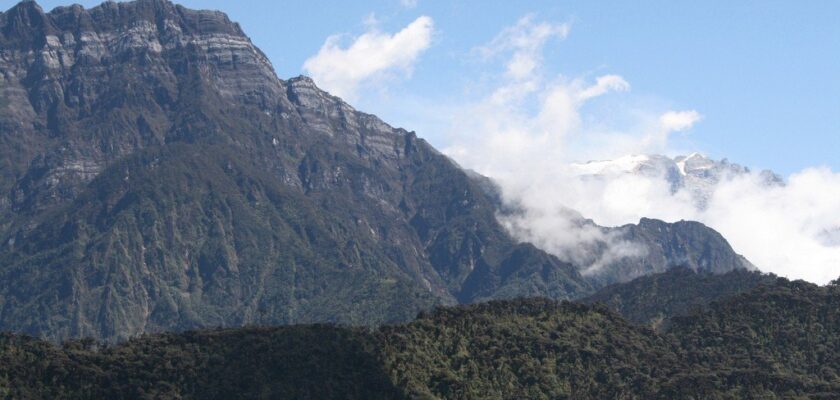Puncak Jaya
Puncak Jaya is a rocky mountain on the western, Indonesian side of the island of New Guinea, with an elevation of 4,884 meters. The picturesque peak is part of the Maoke or Snowy Mountains mountain range. Mount Puncak Jaya is not only the highest point in Oceania, but also the highest peak in the world located on the island.
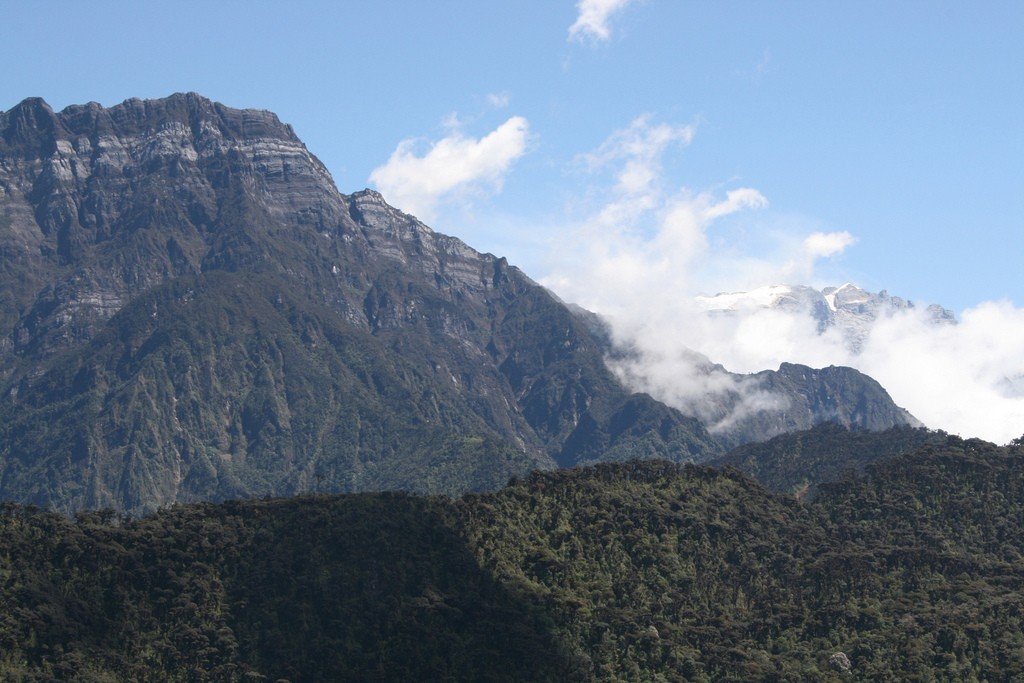
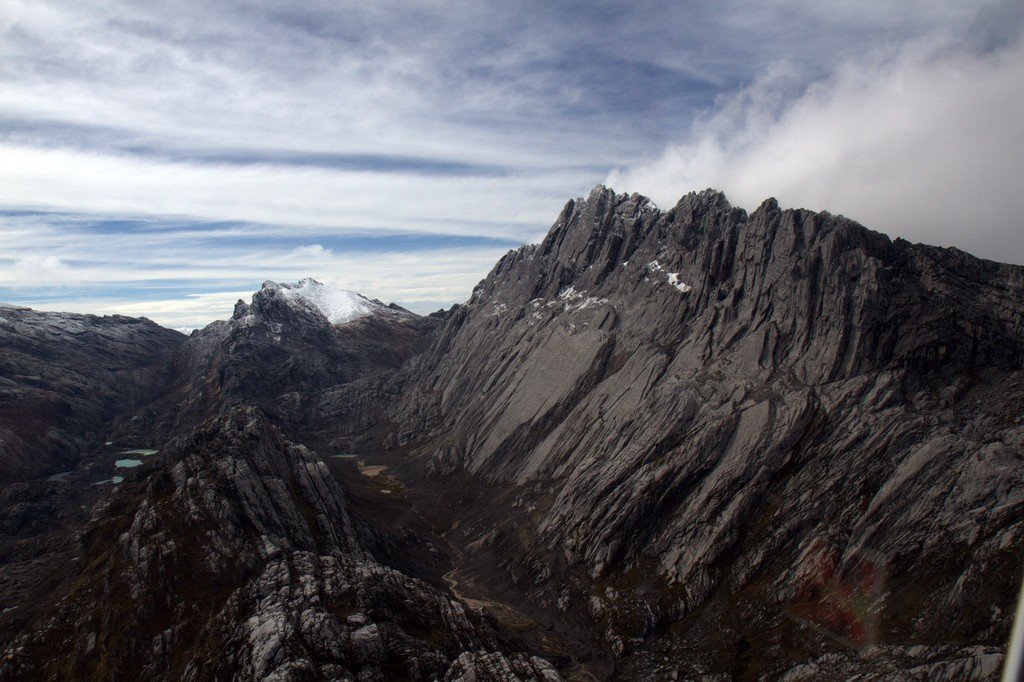
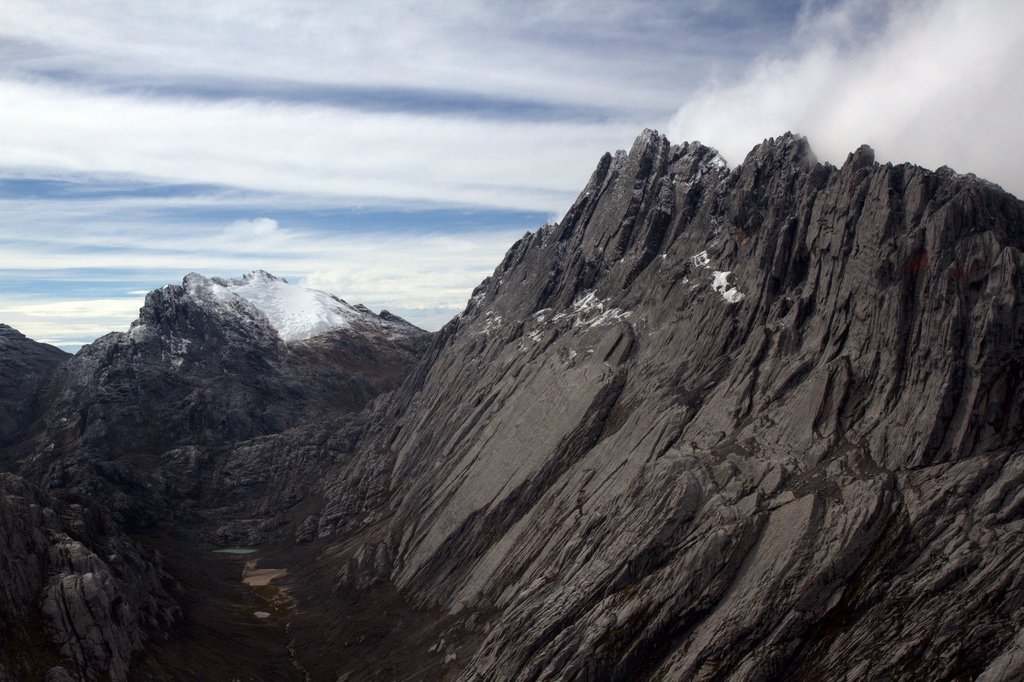
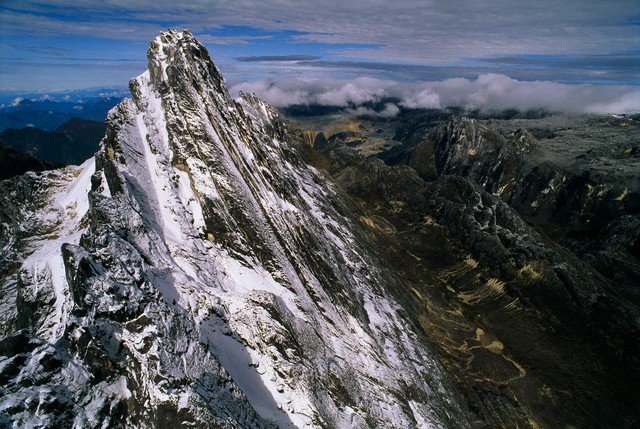
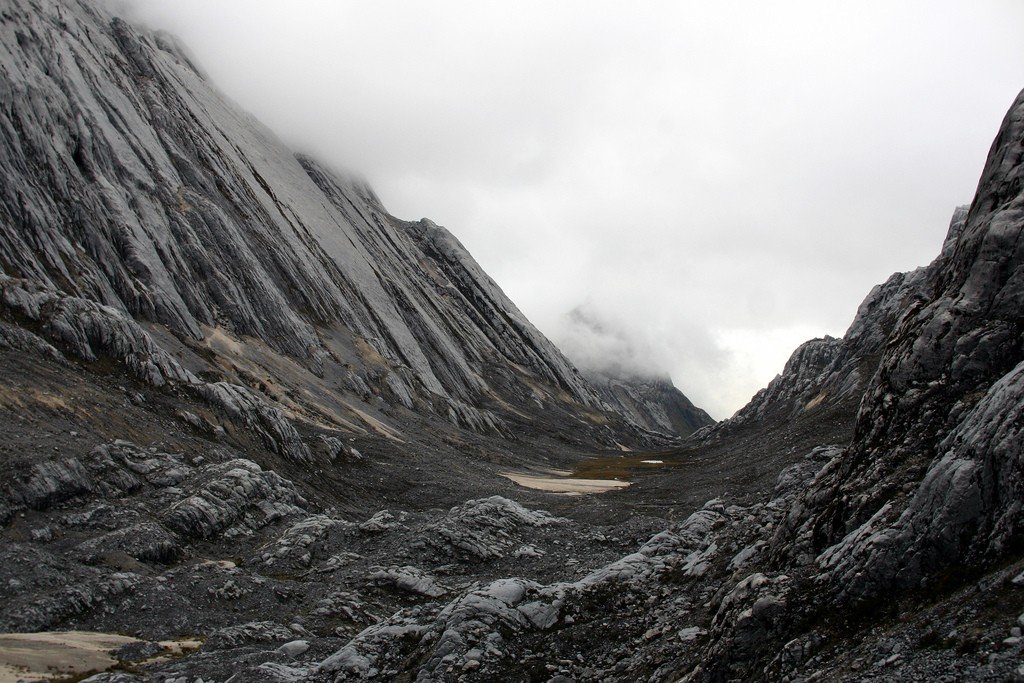
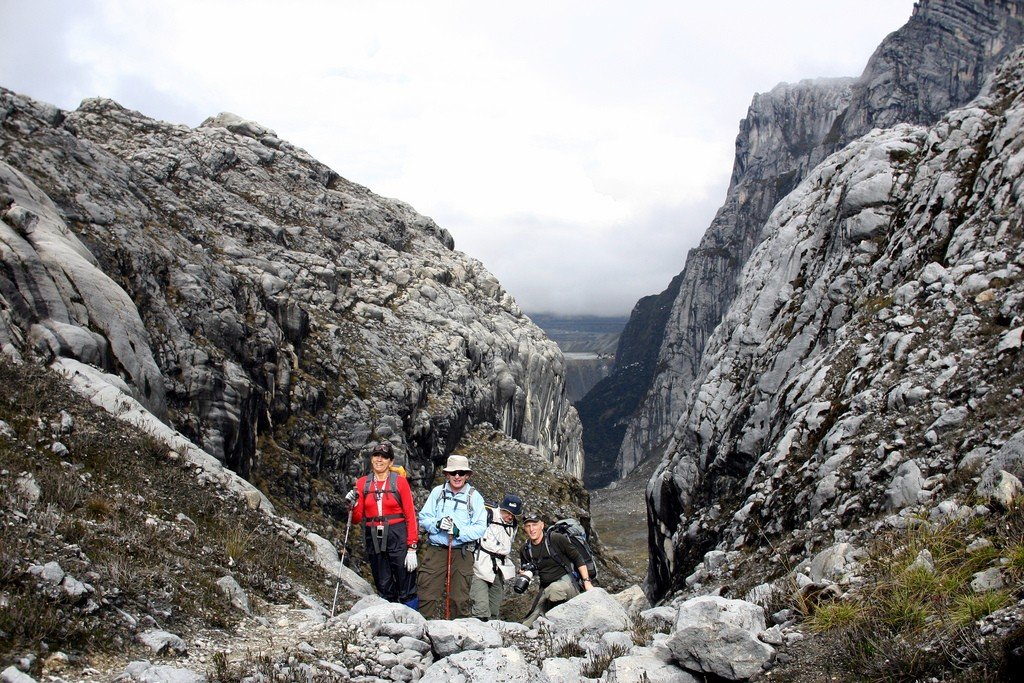
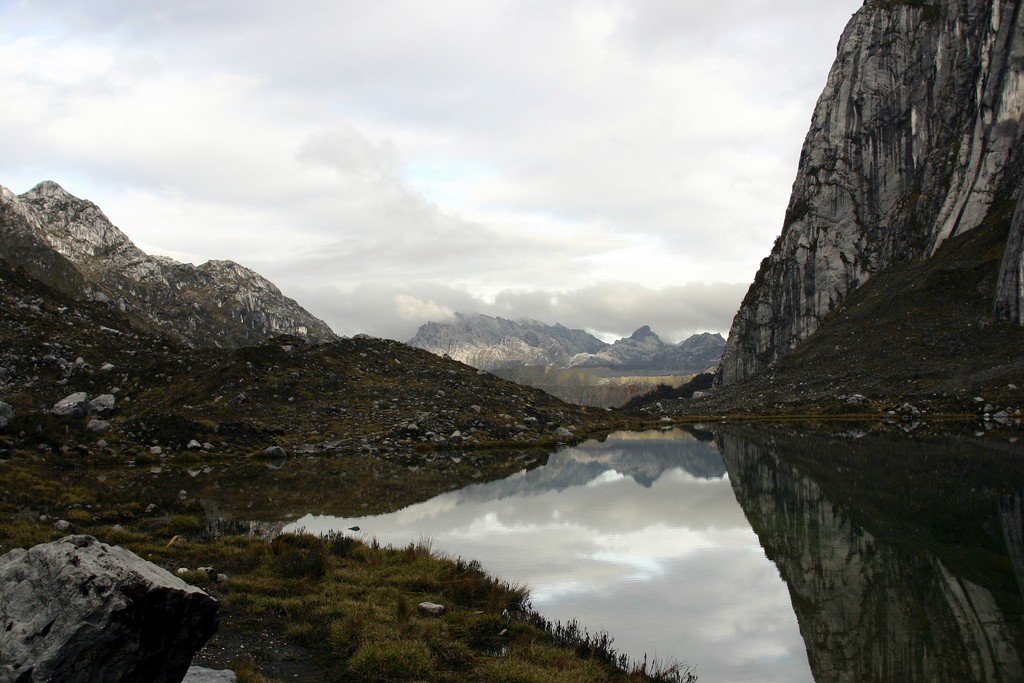
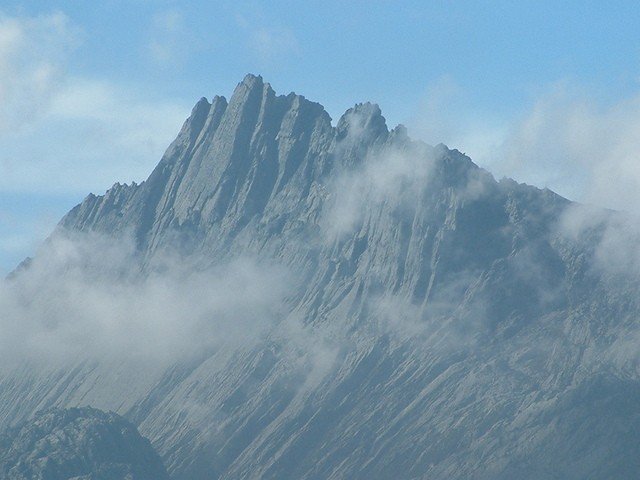
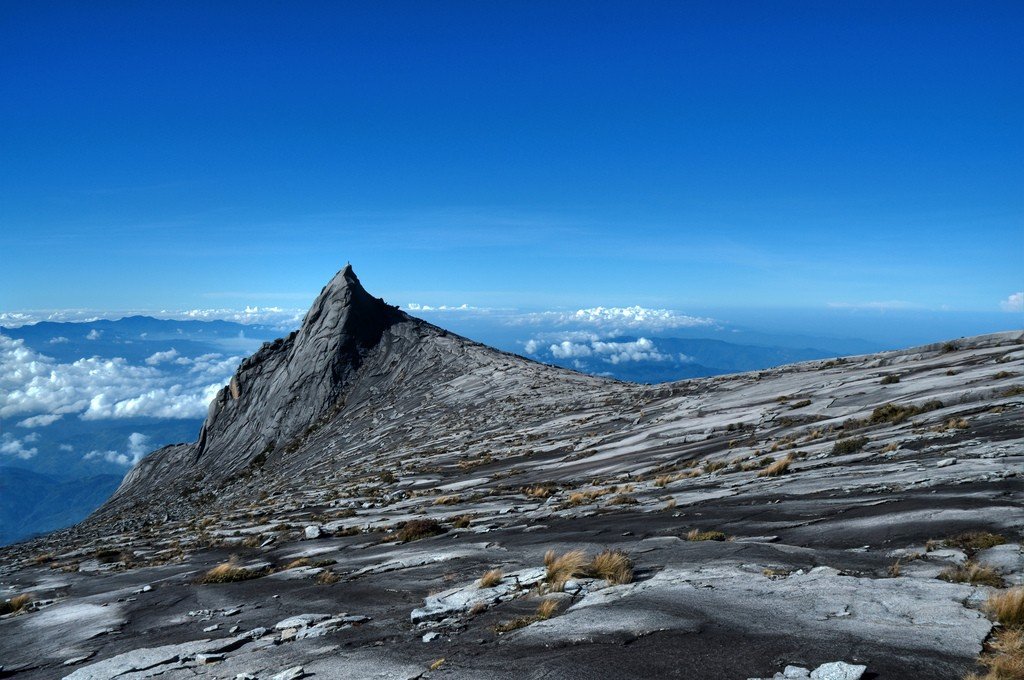
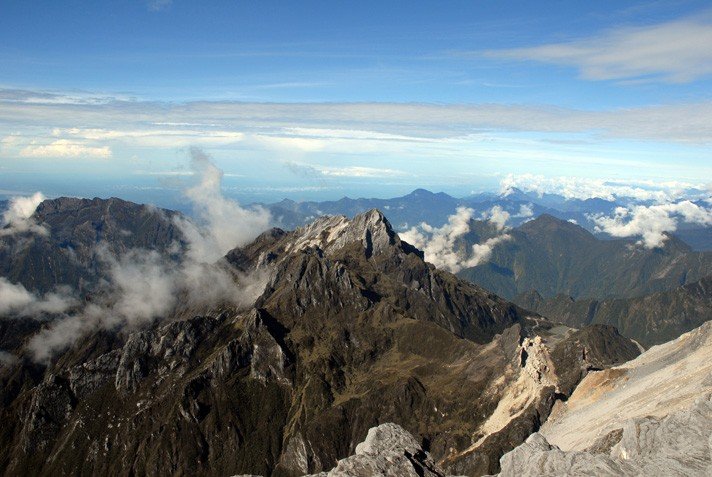
Video: Puncak Jaya
ContentsHighlights
Local tribes have known and revered the mountain since time immemorial. Europeans became aware of Puncak Jaya in 1623, thanks to Dutch traveler and explorer Jan Carstens. True, his discovery caused bewilderment and ridicule of colleagues, as no one could believe that not far from the equator, in the real tropics there are glaciers.
.At first the mountain was named after its discoverer, but in 1965 it was renamed in honor of the country’s president Sukarno. Four years later the mountain was called Puncak Jaya, which means “victory” in Indonesian, and today the peak is sometimes referred to as the Carstens Pyramid. The first people to conquer this mountain were Austrian climbers. In 1962, Heinrich Harrer’s group climbed here, which included B. Huizinga, R. Kijsinga, and R. Kijsinga. Huizinga, R. Kippax and F. Temple.
.These days, climbing Mount Punchak Jaya is popular with tourists but is an expensive endeavor. The reason for this is to get permission from the Indonesian government and use air transportation. The fact is that not far from the top is the Grasberg deposit, where the world’s largest gold mine and the third largest copper and silver quarry are located. About 20 thousand people work here, the territory is closed for tourists, it is guarded by the Indonesian military. Until 2005, climbers were not allowed on the mountain, and only since 2006 some travel agencies began to lay climbing routes to the top.
.
The optimal time to climb Mount Punchak Jaya is considered to be from February to November. Keep in mind that getting permission from the Indonesian government can take several months.
.
Geographical location and nature
Puncak Jaya lies within the Australian plate. The Maoke mountain range, of which Puncak Jaya is the highest point, extends latitudinally for about 700 km and is up to 150 m wide. Its constituent mountains are composed of gneisses and granites, and on the periphery, sandstones, limestones, and shales.
Up to a height of 700 meters above sea level there is a belt of equatorial forests, above which grow oaks, eucalyptus, chestnuts and araucaria. Above them stretches a zone of shrubs and luxuriant alpine meadows. And above 4400 meters above sea level, the lifeless peaks are covered with rock screes and glaciers.
.Since Mount Puncak Jaya lies near the equator, temperature differences on it are insignificant – within 0.5 ° C.
. From this, seasonal fluctuations of the ice cover are almost not pronounced. However, the data obtained from space images show that for the last 20 years most of the glaciers on the mountain have retreated, and some have completely melted. These days, a few glaciers remain on the slopes – Carstensz, Meren and Northwall Firn..Climbing Mount Puncak Jaya
No intermediate camps or difficult acclimatization is required on the way to the highest point. The ascent to Puncak Dzhaia can be accomplished in one day. Although there are several glaciers on the mountain, the route follows trails, rock scatters and cliffs.
>
Most travelers reach Karstens Base Camp by helicopter, while some prefer a three to four day hike through the jungle. For hikers, trekking through the rainforest turns into a whole adventure. These forests are some of the wettest places on the planet, and it rains almost year-round in the jungle.
.There are small wooden bridges across large rivers, and travelers cross small streams on rocks. There are no good hiking trails here, so because of the humidity almost all the way, the feet get stuck in silt sludge. Despite the hardships, hiking through the jungle allows you to see a large number of exotic plants and, if you are lucky, animals.
.From the base camp, trekking groups climb Mount Puncak Jaya from the north, using the route laid out by Heinrich Harrer.
.How to get there
Puncak Jaya is located within the Indonesian province of Papua. After arriving in Bali or Jakarta, tourists take a flight to the village of Sugapu or Timika by rented air transportation. In the Indonesian province of Papua there are almost no good roads, so some travelers get to the base camp by helicopter, and some make a hike through the jungle on the territory of Papuan tribes. In the latter case, travelers reach the village of Suangama by motorcycle and then walk to the base camp, using locals as guides and porters.
.